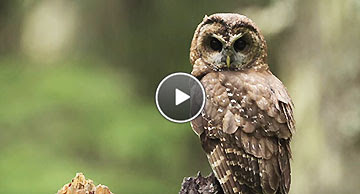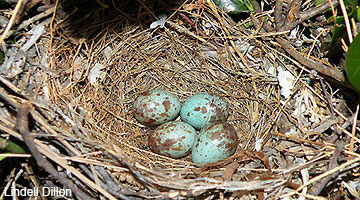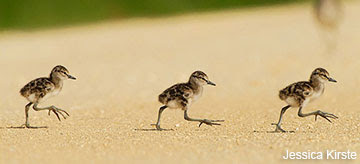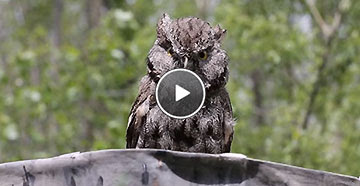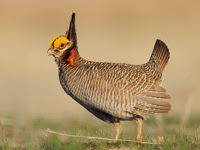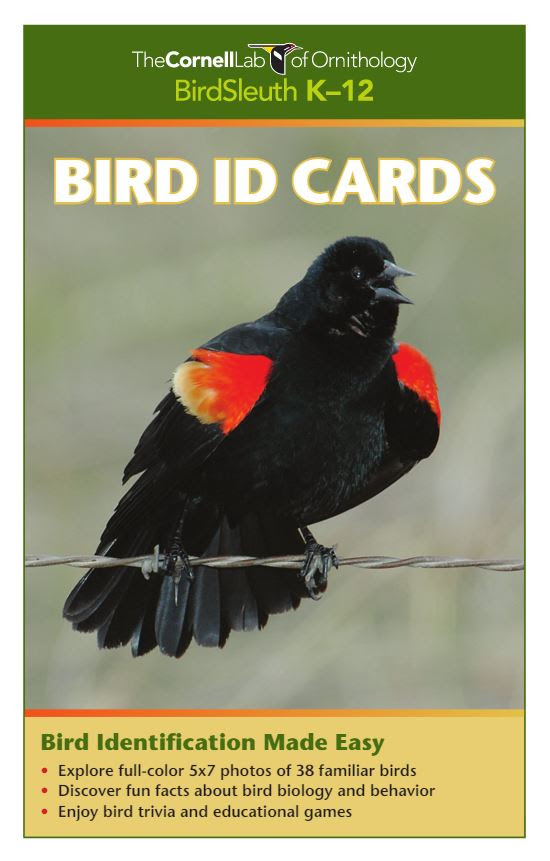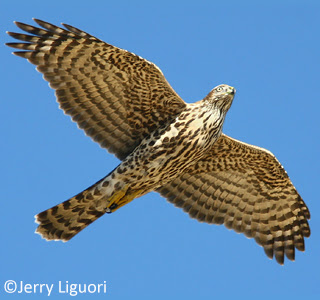|
|||||||||||
|
Global Big Day Is May 14!
The Cornell Lab of Ornithology’s ace birding team, the Sapsuckers, is taking their annual “Big Day” birding challenge to Colorado on May 14. They’ll strive to see or hear at least 205 bird species in 24 hours for this year’s Global Big Day. But the Sapsuckers need your help to meet an even more important goal: to raise support for conserving birds around the world. Please pledge a gift amount for each species the team finds. Your gift will help protect the future of birds and the natural world. Thanks to the Sapsuckers’ sponsor, Swarovski Optik, every dollar you donate goes directly to the Cornell Lab’s conservation programs. With your support, every species identified will result in more funds for helping the amazing birds that enrich our planet and our lives. Please pledge today! |
||
Attention Educators: Check Out These ResourcesTap Into Global Big Day Learning Opportunities
|
||
Get Your Ducks In A Row With New Online ID CourseWe’ve just released a new, self-paced online course on how to identify ducks and waterfowl as part of our “Be a Better Birder” series. The course includes more than 3 hours of video instruction, 21 quizzes, and 2 puzzles. Bird enthusiasts of all levels will benefit from the expert ID tips throughout. Check it out on the Bird Academy website. ($52 for Lab members.) Sign up for the course byMay 1 and you’ll be eligible to win a pair of Celestron Granite ED binoculars! |
||
How To ID This RaptorSpring hawk migration is in full swing. Can you identify the bird in this image? Brush up on your raptor identification skills with the new “Raptor ID” app from Hawkwatch International and the Cornell Lab, including content from Jerry Liguori and eBird project leader Brian Sullivan, available now for iOS and Android. |
||
Stay In Touch On Facebook: Pleasejoin our community of 630,000 fans for a daily dose of bird quizzes, gorgeous videos, fascinating articles, and tons of photos. |




